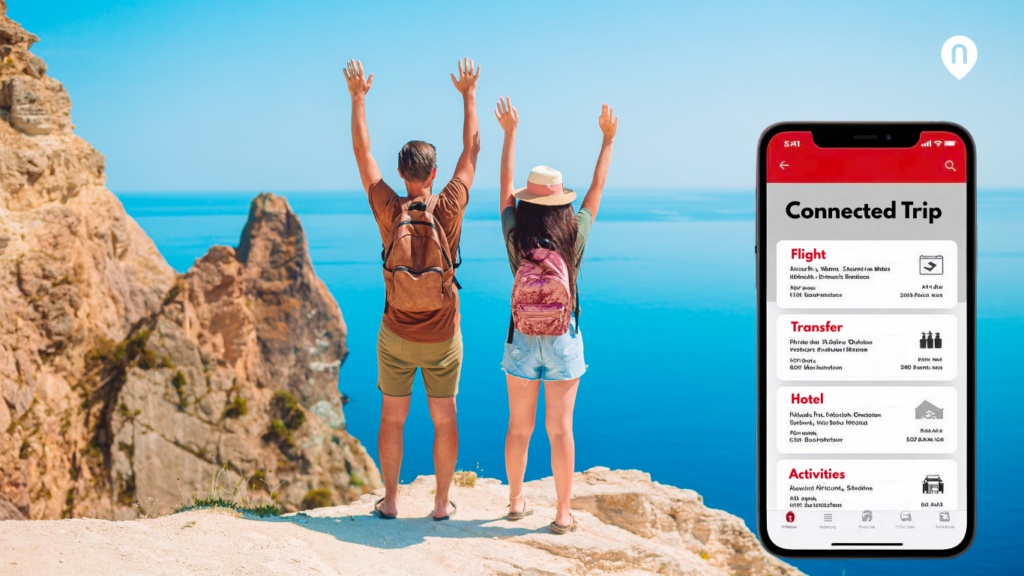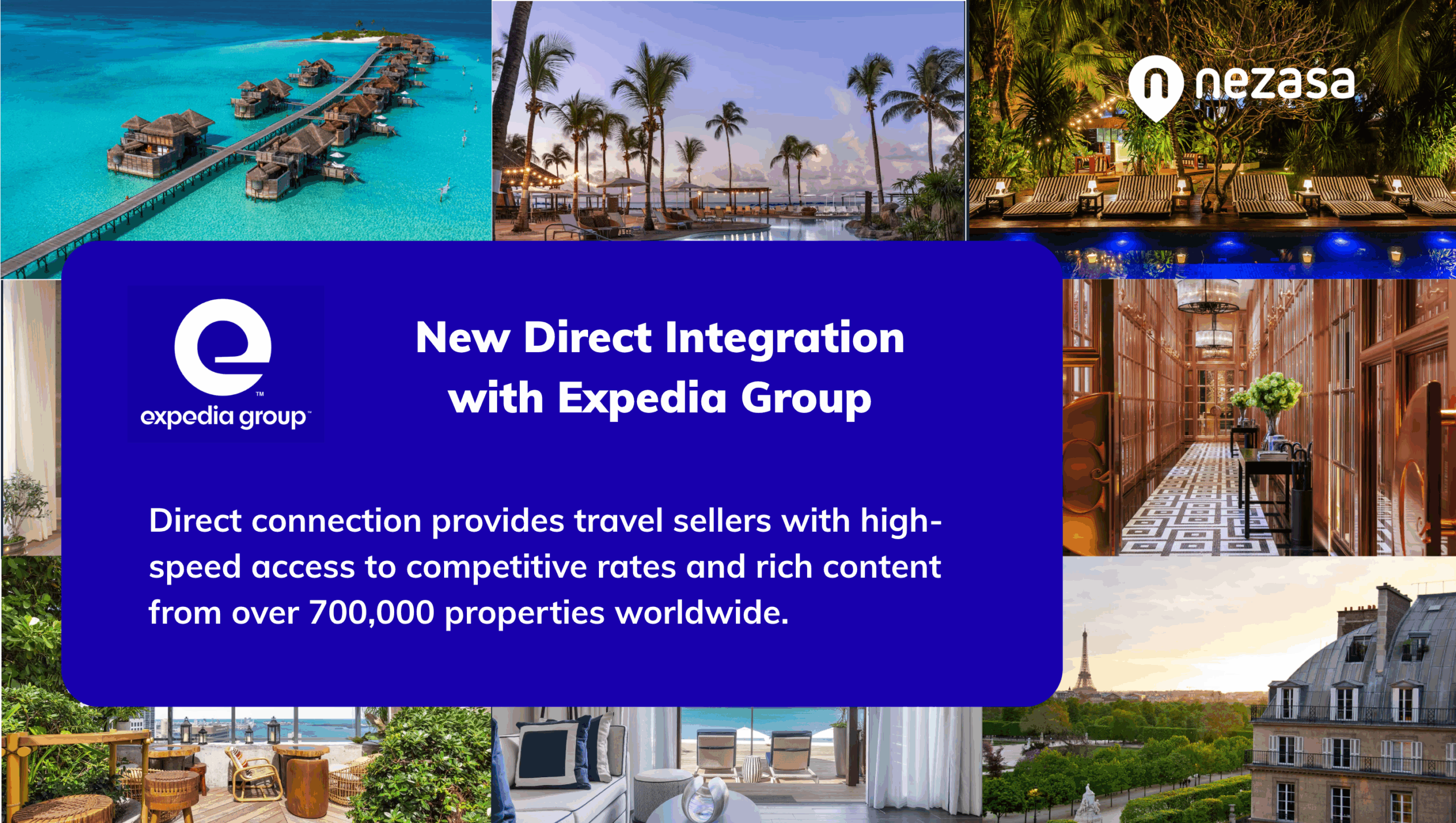In travel technology, the concept of the “connected trip” has been around for several years now, but is increasing in relevance with the aim of redefining how travelers plan, book, and experience their journeys. At its core, the connected trip embodies the integration of various travel services (such as flights, accommodations, transfers and activities) into a cohesive and seamless experience.
The main goal of the Connected Trip is to enhance the convenience for travelers throughout the whole process. Imagine a scenario where a traveler’s itinerary dynamically adjusts based on real-time data such as flight delays, weather changes, or personal preferences, ensuring a smooth, stress-free experience. It also opens up new avenues for travel providers to deliver personalised services and optimise operational efficiencies.
The advent of advanced data analytics and artificial intelligence as well as the increasing amount of travel products available for instant booking have paved the way for the connected trip, offering unprecedented levels of personalisation and real-time adaptability.

Two Types
The above description is supported quite unanimously throughout the industry. However, when it comes to what this actually means, there is still a wide range of perspectives in today’s industry.
Conceptually, we see two different definitions of the term Connected Trip.
- OTAs like Booking.com understand that the consumer can do multiple component bookings which are connected and interact with each other in more and more smart ways. Let’s call this the “Loosely Coupled” version of the Connected Trip.
- An online tour operator can also sell flexible packages to a consumer with components that are related to each other, but with being the merchant of record for the full booking. This means that the tour operator is the central instance responsible for the itinerary to work together, which we can call the “Packaged” version of the Connected Trip.
Comparison
Which of those two versions is the better one? This is difficult to say as there are advantages for both of them. Let’s look at a few criteria together:

Summary and Relevance
In summary, the Packaged Version of the Connected Trip puts higher commercial responsibility and operational risk on the seller of the trip. It is more suited for travel brands that are either already package operators or have the desire to sell larger baskets with higher margins.
Whichever type we look at, the Connected Trip will become more and more relevant. AI-based search platforms are strongly shifting consumer thinking from searching for individual products such as hotels and flights to searching for complete trip suggestions. Providing a great experience for booking those suggestions is a huge opportunity in tomorrow’s travel market.


